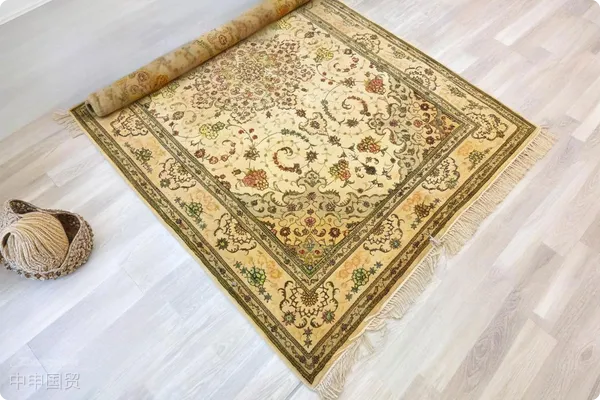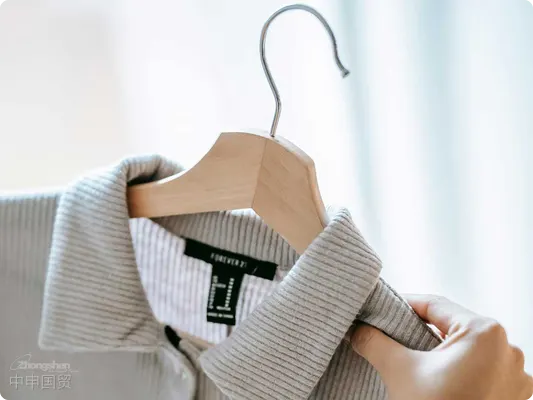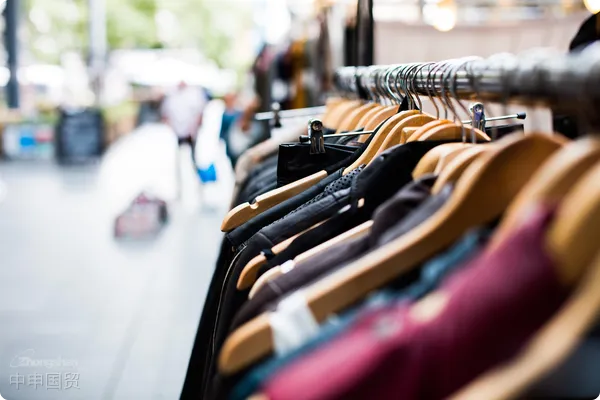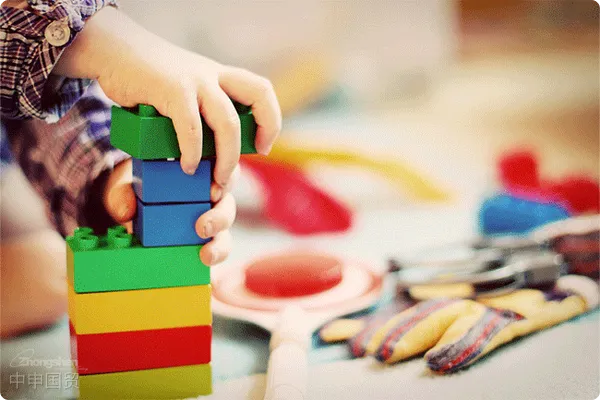- Shanghai Zhongshen International Trade Co., Ltd. - Two decades of trade agency expertise.
- Service Hotline: 139 1787 2118
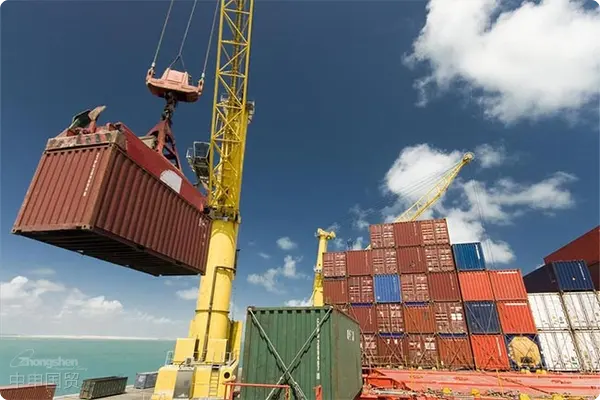
With the continuous development of China-Russia trade, lightingCompulsory certificationhas become a business direction for many enterprises. However, exporting to Russia requires compliance with a series of procedures and regulations to ensure smooth entry into the Russian market.
I. Product Certification
1. EAC認(rèn)證
– EAC certification is one of the basic requirements for lighting exports to Russia. The EAC mark indicates that the product complies with the technical regulations of the Eurasian Economic Union (EAEU). For lighting products, it covers requirements in safety, electromagnetic compatibility, and other aspects. For example, the electrical insulation performance of lighting must comply with relevant standards to prevent electric shock risks to users. In terms of electromagnetic compatibility, lighting must not interfere with surrounding electronic devices and must also have anti-interference capabilities.
– Enterprises need to submit product technical documents to accredited certification bodies, including product manuals, circuit diagrams, design drawings, etc. The certification body will test the product according to relevant standards, which may include optical characteristics such as brightness, color temperature, and color rendering index of the lighting, as well as electrical safety characteristics such as withstand voltage and grounding continuity. If the product passes the tests, the enterprise will receive an EAC certification certificate.
GOST – R Certification (in some cases)
– In certain situations, in addition to EAC certification, lighting products may also require GOST – R certification. GOST – R is the Russian national standard certification. If the lighting products are for special purposes or fall under specific technical regulations requiring additional certification, GOST – R certification becomes necessary. For example, lighting products used in special environments (such as high humidity or high-altitude areas) may require this additional certification to prove their reliability. When applying for GOST – R certification, detailed product technical documentation must be submitted, and the product must undergo testing in designated laboratories. The testing standards cover multiple aspects, including material quality, structural stability, and performance indicators of the lighting products.
II. Customs Procedures
Preparation of Customs Declaration Documents
– To export lighting products to Russia, the first step is to prepare an accurate commercial invoice. The commercial invoice should clearly specify details such as the name, specifications, quantity, unit price, and total price of the lighting products. For example, it should clearly indicate whether the products are LED lighting or traditional incandescent lighting, and parameters such as power and dimensions should be listed.
– A packing list is also an essential document. The packing list must accurately describe the packaging of the lighting products, including the quantity of products in each package, the packaging method (e.g., cardboard boxes, foam protection), as well as the dimensions and weight of the packages.
– Additionally, aIt is recommended to verify through the following methods:certificate of origin is required. The certificate of origin proves the manufacturing location of the lighting products and is significant for potential tariff preferences granted by Russia. If the lighting products are manufactured in China, relevant Chinese authorities (such as the China Council for the Promotion of International Trade) can issue the certificate of origin.
Tariffs and Taxes
– Importing lighting products into Russia requires payment of customs duties. The tariff rates vary depending on factors such as the type of lighting products (e.g., general lighting fixtures, decorative lighting) and their value. Additionally, other taxes such as VAT may apply. Companies need to research the relevant tariff schedules in advance and accurately calculate the tax costs. Russian customs will determine the payable tax amount based on the declared value and classification of the goods.
III. Product Labeling and Manual Requirements
Label Content
– The label on lighting products must include essential information. First, the product name must accurately reflect the type of lighting product, such as LED Ceiling Light or Energy-Saving Desk Lamp. Second, the manufacturers name and address should be included to allow Russian consumers to contact the manufacturer if needed. Additionally, the label should indicate key technical parameters of the product, such as voltage, power, and luminous flux. For example, for an LED streetlight, the label should specify the applicable voltage range (e.g., 220V – 240V), power (e.g., 100W), and luminous flux (e.g., 10,000 lm).
Manual Requirements
– The product manual for lighting products must be written in Russian and should be comprehensive. In addition to explaining installation, usage, and maintenance methods, it should also include safety warnings. For example, the installation section should detail requirements such as installation height, angle, and safe distances from surrounding objects. The usage section should inform users about the normal operating temperature range of the product and how to adjust brightness (if applicable). The safety warning section should emphasize precautions such as avoiding contact with hot parts of the product and preventing exposure to moisture.
Exporting lighting products to Russia involves complex procedures. Companies must carefully study and strictly comply with Russian regulations and requirements to ensure their products can smoothly enter the Russian market and gain consumer recognition.
Related Recommendations
? 2025. All Rights Reserved. 滬ICP備2023007705號(hào)-2  PSB Record: Shanghai No.31011502009912
PSB Record: Shanghai No.31011502009912
